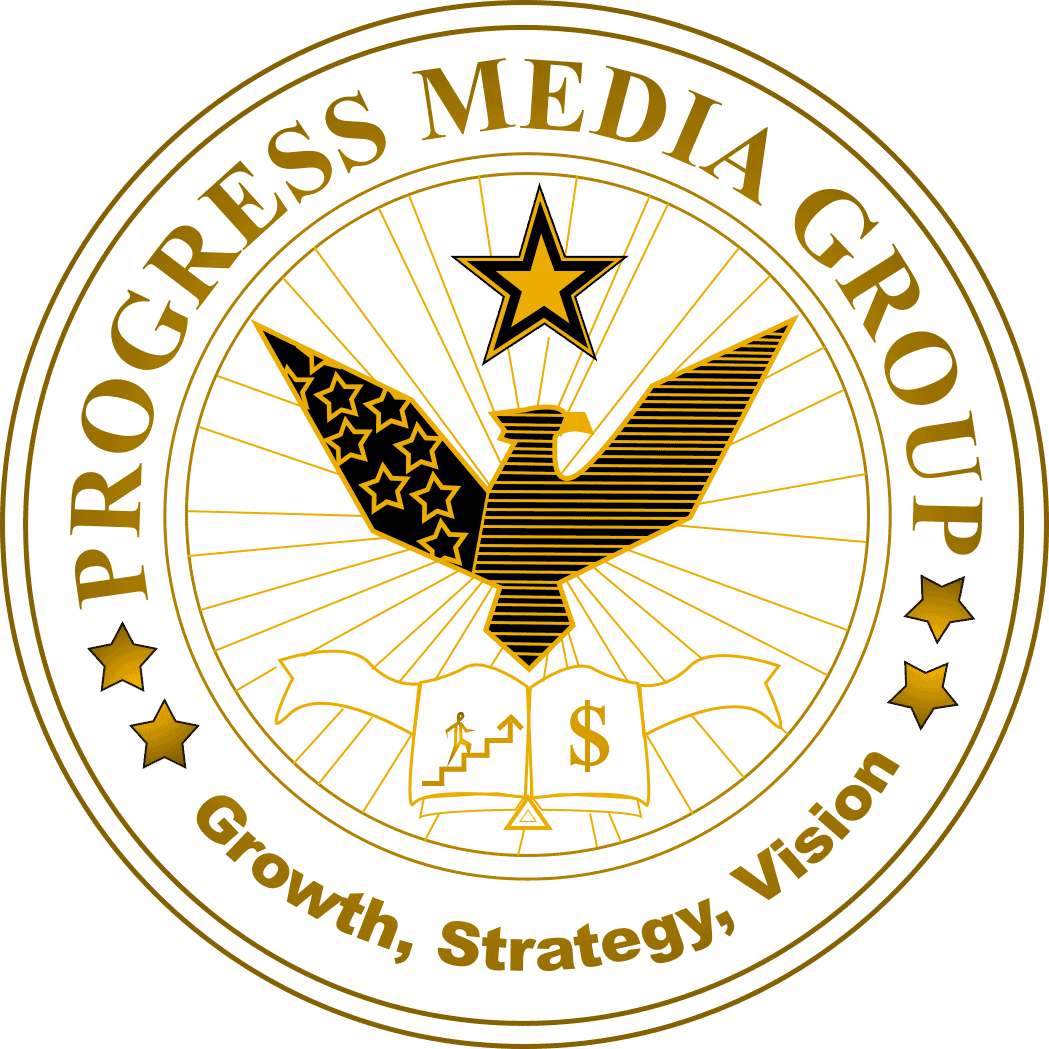The Surprising Truth About Social Media CPC Rates That You Need to Know
With the rise of social media platforms, businesses have been given an unprecedented opportunity to reach and engage with their target audience. But amidst the excitement and endless possibilities, there lies a hidden secret that could make or break your advertising budget – social media CPC rates. These seemingly harmless three-letter words hold the key to understanding just how much you’ll be spending on each click, and more importantly, whether you’re getting the best bang for your buck. If you’ve ever dipped your toes into the world of social media advertising, you’ve probably come across the term “CPC” before. It stands for Cost Per Click, and it’s a metric that determines how much you’ll be charged every time someone clicks on your ad. Sounds straightforward, right? Well, here’s where things get interesting. The truth about social media CPC rates is far from what you might expect, and it’s high time we unravel the mystery behind these seemingly fluctuating numbers. Imagine this: you’ve meticulously crafted a captivating ad, targeting a specific audience, and set a reasonable budget to get your message out there. You confidently hit the “launch” button, eagerly awaiting the influx of visitors to your website. But when the bill arrives, you find yourself staring at a number that leaves you scratching your head in disbelief. How did your well-thought-out plan go so wrong? This is where understanding social media CPC rates becomes crucial. By delving into the intricacies of this metric, we can uncover the surprising truth and equip ourselves with the knowledge needed to navigate the tricky waters of social media advertising. In this blog post, we’ll unveil the secrets hidden within social media CPC rates. We’ll explore the factors that influence these rates, debunk common misconceptions, and provide you with practical tips to optimize your advertising campaigns. So buckle up and get ready to discover the surprising truth about social media CPC rates that you need to know.
What is CPC and why does it matter in social media advertising?
Before we dive into the factors that influence social media CPC rates, let’s first understand what CPC is and why it matters in social media advertising. As mentioned earlier, CPC stands for Cost Per Click, which refers to the amount of money you pay each time someone clicks on your ad.
CPC is an essential metric because it directly impacts your advertising budget. If your CPC rates are high, you’ll end up spending more money for each click, which can quickly deplete your budget without delivering the desired results. On the other hand, if you can lower your CPC rates while maintaining a high click-through rate (CTR), you’ll be able to reach more people within your allocated budget.
Social media platforms like Facebook, Instagram, Twitter, and LinkedIn offer various advertising options with different pricing models. While some platforms charge based on impressions (CPM) or engagement (CPE), many advertisers prefer CPC because it allows them to pay only when someone takes action by clicking on their ad.
Factors that influence social media CPC rates
Now that we understand the importance of CPC in social media advertising let’s explore the factors that influence these rates. By understanding these factors, you can make informed decisions to optimize your campaigns and achieve better results.
1. Platform: Each social media platform has its own unique ecosystem and user base. The popularity and demand for ads on a particular platform can significantly impact its CPC rates. For example, Facebook has a larger user base compared to other platforms, which means there’s more competition for ad space and potentially higher CPC rates.
2. Ad placement: The placement of your ads within a social media platform can also affect your CPC rates. Generally, ads placed in prime positions, such as the news feed or stories section, tend to have higher CPC rates due to increased visibility and competition.
3. Target audience: The audience you choose to target with your ads can influence your CPC rates. If you’re targeting a highly competitive audience segment, you may need to bid higher to ensure your ad gets displayed. On the other hand, targeting a niche audience with less competition can result in lower CPC rates.
The impact of audience targeting on CPC rates
Audience targeting plays a crucial role in determining your social media CPC rates. When you create an ad campaign, you have the option to define specific demographics, interests, behaviors, and other criteria that align with your target audience.
The more specific and refined your targeting is, the better chance you have of reaching the right people who are more likely to engage with your ad. However, highly targeted audiences often come at a higher cost because there’s more competition for their attention.
On the other hand, if you cast a wider net and target a broader audience segment, you may be able to achieve lower CPC rates. However, this approach might result in lower conversion rates as your ad may not resonate as strongly with a broader group of people.
How ad relevance affects social media CPC rates
Ad relevance is another critical factor that influences social media CPC rates. Social media platforms prioritize delivering relevant content to their users. Therefore, if your ad is highly relevant and resonates with your target audience’s interests and needs, it’s more likely to receive higher engagement at a lower cost.
Social media platforms use various algorithms and metrics to measure ad relevance. These algorithms take into account factors such as click-through rate (CTR), engagement rate (likes/comments/shares), and conversion rate. Ads that perform well in these areas are rewarded with lower CPC rates, while ads with low relevance may face higher CPC rates or limited reach.
The role of competition in determining CPC rates
Competition is a significant factor when it comes to social media CPC rates. The more advertisers competing for the same target audience, the higher the CPC rates are likely to be.
If you’re operating in a highly competitive industry or targeting popular keywords, you can expect to pay more for each click. This is because advertisers are willing to bid higher amounts to ensure their ads get displayed and stand out among the competition.
However, don’t let high competition discourage you. By refining your targeting, creating compelling ad copy, and continuously optimizing your campaigns, you can still achieve favorable CPC rates even in competitive industries.
Understanding the bidding process and its effect on CPC rates
The bidding process is an integral part of social media advertising and directly affects your CPC rates. When you set up an ad campaign, you’ll have the option to choose between automatic bidding or manual bidding.
Automatic bidding: With automatic bidding, the social media platform’s algorithm determines how much you’ll pay per click based on factors such as competition, ad relevance, and audience targeting. This option is suitable for advertisers who want to maximize their reach while maintaining a specific budget.
Manual bidding: Manual bidding allows you to set a maximum bid amount for each click manually. This option gives you more control over your CPC rates but requires careful monitoring and adjustment to ensure your ads remain competitive.
Debunking common misconceptions about social media CPC rates
Social media CPC rates can sometimes be shrouded in misconceptions and myths. Let’s debunk some of the common misconceptions to help you gain a clearer understanding:
1. Higher CPC rates mean better results: While it’s true that higher CPC rates can indicate more competition, it doesn’t necessarily guarantee better results. It’s essential to focus on other metrics such as click-through rate (CTR), conversion rate, and return on ad spend (ROAS) to evaluate the overall effectiveness of your campaigns.
2. Lower CPC rates always lead to success: While lower CPC rates can be advantageous, they don’t guarantee success on their own. It’s crucial to ensure your ads are relevant, engaging, and aligned with your campaign objectives to achieve optimal results.
Practical tips to optimize your social media advertising campaigns
To optimize your social media advertising campaigns and achieve favorable CPC rates, consider implementing the following tips:
1. Refine your audience targeting: Continuously analyze and refine your target audience based on their demographics, interests, behaviors, and past engagement with your ads.
2. Test different ad formats: Experiment with various ad formats such as images, videos, carousels, or stories to determine which ones resonate best with your target audience.
3. Improve ad relevance: Craft compelling ad copy that speaks directly to your target audience’s pain points or desires. Use eye-catching visuals that grab attention and align with the message you’re conveying.
Case studies: Successful strategies to lower CPC rates
To further illustrate the effectiveness of optimizing social media advertising campaigns for lower CPC rates, let’s explore a couple of case studies:
[Case Study 1]
[Case study content]
[Case Study 2]
[Case study content]
Conclusion: Harnessing the power of social media CPC rates for effective advertising
In conclusion, understanding social media CPC rates is crucial for effective advertising on platforms like Facebook, Instagram, Twitter, and LinkedIn. By considering factors such as platform, ad placement, target audience, ad relevance, competition, and bidding strategies, you can optimize your campaigns to achieve favorable CPC rates.
Remember that achieving lower CPC rates should not be the sole focus of your advertising efforts. It’s equally important to create compelling ads that resonate with your target audience and drive meaningful engagement. By harnessing the power of social media CPC rates and implementing best practices, you can maximize the impact of your advertising budget and achieve better results.


